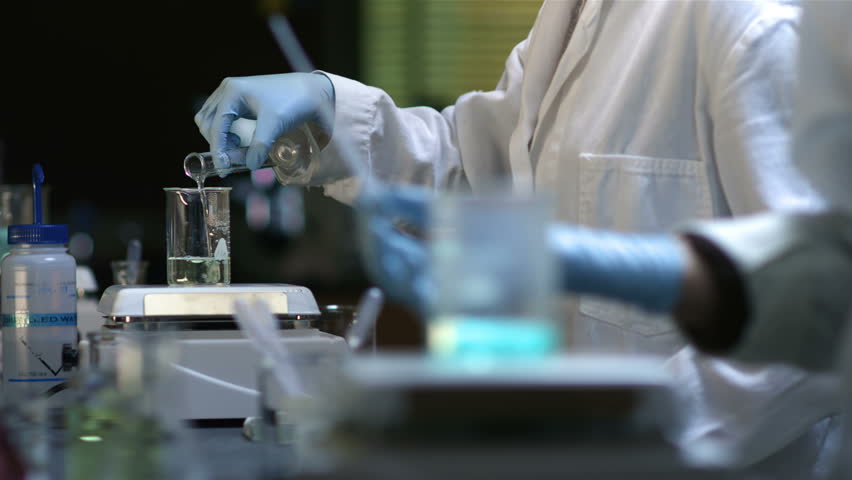Metal and acid reactions
Metal and acid reactions and metal carbonate and acid reactions gives off gases which is why they are of particular interest.
Metal +acid = metal salt + hydrogen
Metal carbonate + acid = metal salt + carbon dioxide
These reactions are used for the calculation of the rate of reaction experiments. The rate of reaction is calculated by measuring the amount of gas produced or by measuring the amount of mass of the mixture lost during the experiment. The dilute acid is poured into the metal acid through the dropping funnel and then the reaction produces gas gradually. The gas passes into the delivery tube.
Collecting gases
Gases are passed into the delivery tube. The delivery tube then supplies the gas to a burette which would be filled with water and inverted, fixed into a trough of water with a beehive. The gas passes into the water and collects in the vacuum. This method is useful if the gas is not soluble in water and is not required dry.
The gas can also be passed into an empty jar. The gases are supplied to the jars by either upward delivery or downward delivery. The upward delivery is used to collect gases which are less dense than air, such as hydrogen and ammonia. The downward delivery method is useful for gases which are either denser than air or is equal in density to air.
Before collecting the gases, they are passed though the gas wash bottle. This is done because the gas may have some impurities which are dissolved in water and the gas needed is collected in the vacuum. Another reason can be that the gas can be need dry so the gas is passed through sulfuric acid.
Purification
A pure substance is the one which has only one type of substance in it and has a fixed boiling and melting temperature.
A mixture is a solution of different numbers of substances which does not have a fixed composition. The boiling point and the melting point all depend on the composition of the solution.
Mixtures are described as homologous mixture if the substance has the same state of matter. Such as Air is a homologous mixture as it has all gases. If a substance is all solid or all liquid or all gas it is described as a homologous gas.
A mixture which has substances of different state such as a solution containing liquid and solid both, it is described as a heterogeneous mixture. Blood is a heterogeneous mixture.
Evaporation
Evaporation is a useful method of separating solids from liquids. The molecules of liquids gain energy by rise in temperature and soon start to move away from each other and into the atmosphere. Evaporation occurs in any temperature which is warm but is at its highest rate when the air is warm. The liquid in a bowl evaporates and leaves behind solid which do not evaporate. This method is used to collect sea salt. The sea water is trapped in small lagoons and allowed to evaporate until the salt emerges.
Distillation
Distillation uses the process of evaporation. The mixture is poured into a flask. The flask is connected to a condenser which has a jacket of cold water around it. the flask is heated and the solute evaporates leaving behind the solvent. The water evaporates into water vapor. The water vapor condenses in the condenser and comes out as a liquid in another flask. This method is used on an industrial scale in parts of the world to produce fresh water out of sea water.
Separating Funnel
Liquids that do not dissolve or mix with each other are called immiscible liquids. These mixtures are poured into a separating funnel. This can be used to separate oil from water. Oil is less dense than water so it always ends up being above water. The water below the oil is allowed to pour out of the funnel while the oil remains in the separating funnel.
Fractional Distillation
Fractional distillation involves the same process except that the flask is connected to another tube before the gas reaches the condenser. The tube is called a fractionating column which has inert material in it like glass beads. This method is used for separating miscible liquids. This method is used on industrial scale in factories like an oil refinery. Crude oil has a 100 of substances in it which are mainly hydrocarbon. It is also used for production of ethanol.
Decantation
A mixture might have large particles of solid. With a little care the liquid is poured into another flask while the solid particles remain in the same flask.
Filtration
If the solid particles are smaller then the mixture is poured into a flask through a funnel with a filter paper in it. The liquid passes through the filter paper and the solid remains on the filter paper.
Centrifuge
A centrifuge spins around the test tubes containing mixtures of solid and liquids. The solid separates from the liquid. Then the solution can be decanted off the test tube.
